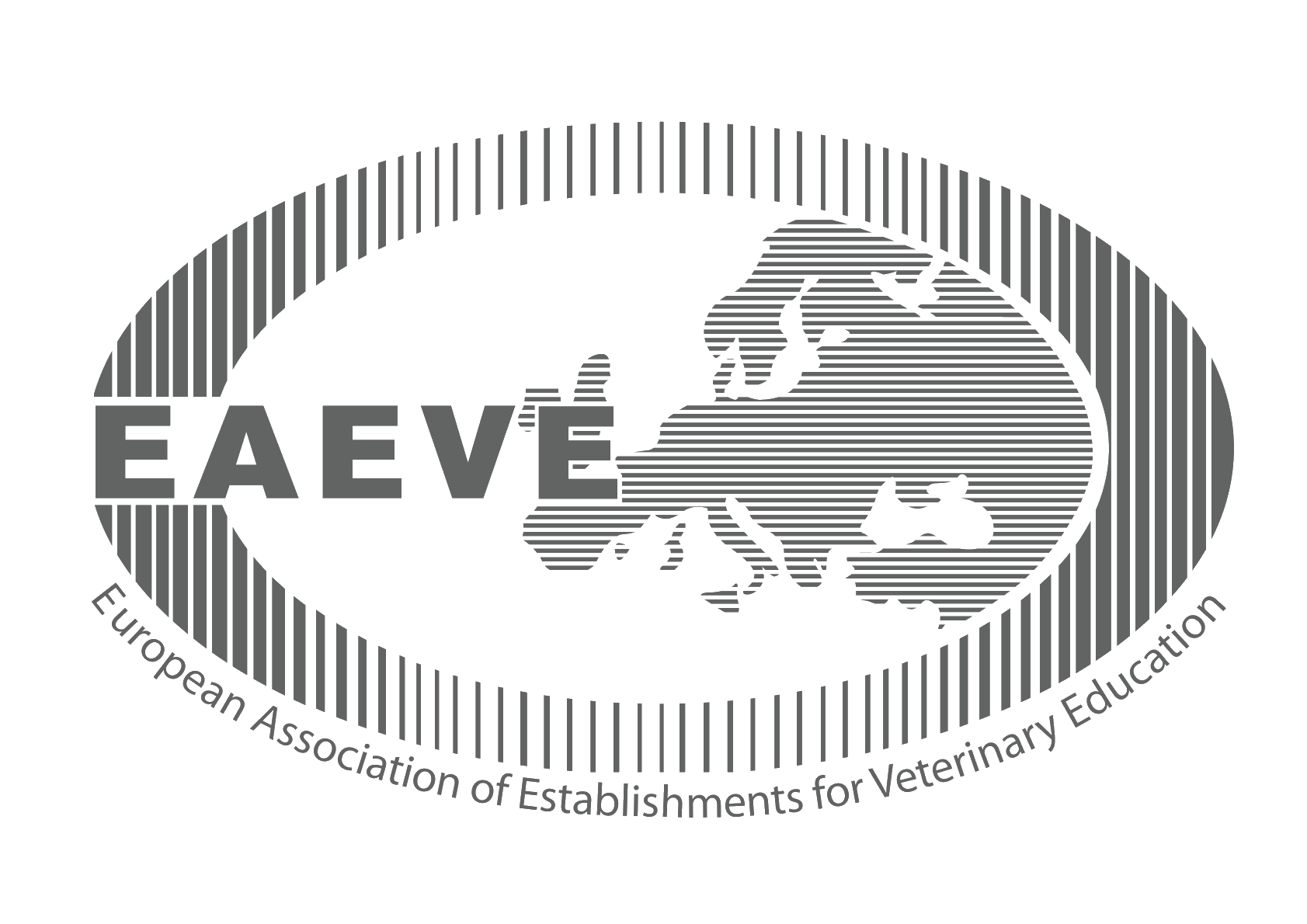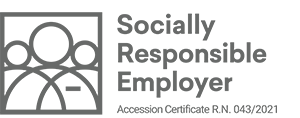V4-2427

Digitization of animal disease and zoonoses outbreaks management

General Data
Member of UL |
Veterinary Faculty |
|
Status |
leading partner | |
Project code/Project No. |
V4-2427 | |
Project Title |
Digitization of animal disease and zoonoses outbreaks management | |
Financier |
ARIS 50% in MKGP 50% | |
Project Period |
1.9.2024 - 31.8.2027 | |
Yearly sum of FTE |
0,57 FTE |
|
Leader |
Tanja Knific (38142) | |
Scientific Field |
4.04.02 - Biotechnology/Veterinary medicine/Animal pathology and epizootiology |
Project Description
The European Union faces daily outbreaks of zoonoses, which pose health risks to the population, and outbreaks of notifiable contagious animal diseases, which cause significant economic losses in agriculture and consequently impact the wellbeing of the population and political decisions. Controlling these diseases requires rapid action by veterinary services (the Administration for Food Safety, Veterinary Sector, and Plant Protection, the National Veterinary Institute, and the Veterinary Faculty UL) to monitor the situation, prevent introduction, and limit the spread of diseases. Contagious animal diseases reduce production, incur treatment costs, pose a risk to human and animal health, and affect the market and international trade. The goals of control programs include proving disease absence, early detection, controlling spread, or eradicating diseases, for which real-time data collection and dissemination are essential. Using epidemiological data and risk analysis, countries can assess disease spread and take timely measures. Developing standards based on outcomes rather than input requirements enables more effective control programs. Projects (STOC free and RISKSUR) have defined the necessary demographic data, risk factors, and surveillance data, allowing for more precise modelling and monitoring of animal health. Disease modelling using epidemiological models, such as decision tree analyses and Bayesian models, allows for assessing the spread of contagious diseases, identifying high-risk areas, and planning effective disease control measures. All these efforts require quality data and appropriate infrastructure. The project requires close collaboration between the veterinary profession and software developers since it involves the integration of existing information systems (EPI, VOLOS, WBT, GIS) and the collection and sharing of real-time disease occurrence data. This will enable effective animal disease management, comparison of results with other countries, and support the development of modern epidemiological methods. Integration will also facilitate better cooperation between veterinary services, hunters, forestry workers, and farmers, improving responsiveness and efficiency. The project goals include: analysing current capabilities and possibilities for connecting existing information systems, real-time data collection on disease occurrences, deaths, and locations for effective outbreak management, coordinating national and local disease control centres, using geographical data to quickly identify infected and at-risk areas, strategic planning of measures to contain outbreaks and reduce economic damage, supporting the preparation of reports and informing the profession and public, connecting data from various information systems for better data analysis and management, and a data catalogue with assessed quality and source of data, as well as examples of available data for each animal species for specific diseases, which can serve as standards based on outcomes. The project of developing digital support for animal disease control will significantly impact science, the economy, and society. Establishing advanced technical infrastructure will enable the use of top-tier information standards and advanced epidemiological methods in veterinary medicine, improving data quality and enabling international comparison of control measures. Economically, digitalizing animal disease control will allow for rapid and effective action during outbreaks, reduce economic losses, improve productivity, optimize human resources, and reduce public health costs. The social importance of the project is reflected in better traceability of the food production chain, increasing consumer confidence in food safety, and greater transparency and information on disease control measures, thereby contributing to better crisis management and public health protection.
Structure of the Project Group
Location
Gerbičeva 60
SI-1000 Ljubljana
Slovenija
Sample Reception
Samples are received at several locations throughout Slovenia. See where.
The veterinarian on duty
Emergency veterinary assistance for dogs and cats and a telephone number of constant readiness.
Library
A wide selection of domestic and foreign professional literature in the field of veterinary medicine and other sciences.
Main navigation
-
Education
- Informativni dan
- Why to become a veterinarian?
- Undergraduate Studies
- Postgraduate studies
- Pripravništvo
- Summer Schools
- Continuous education
- Professional Development
- International Activity
- Mednarodna dejavnost - Tuji študentje
- The Path to Creative Knowledge
- Tutoring
- Extracurricular Activities
- Career Centres
- Alumni
- Student organizations and societies
- Quality Assurance
- Clinics
- Diagnostics
- Dobrobit
- NVI
- Research
- About us
- Hub



